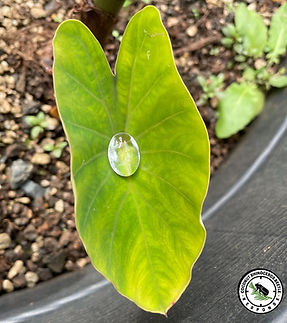How to Treat Coconut Rhinoceros Beetle Infestation
There is no single treatment currently available to completely rid an area of CRB but there are several treatments and practices that can reduce the impacts of CRB. These practices are most effective when combined. If CRB are found on your property or you have CRB damage on palms, we recommend:
-
Removal of all potential breeding material (mulch, compost, rich soil, stumps, dead trees, plant waste piles). Treatment is needed before removal if the material is infested.
-
Avoid accumulation or bringing in new potential breeding material.
-
Treatment of host palms (systemic pesticides; imidacloprid, acephate and/or netting in crowns of short trees).
Green waste management is the most effective way to reduce beetle populations. In areas with the most success in reduction of beetle populations and tree recovery, green waste management was a key component. Home owners can put their green waste in the city and county’s green waste bin since it’s going to a treatment facility.
Cleaning the debris from the upper crown near the spear can reduce the chance of breeding in trees. Reducing the amount of these materials in your location limits the amount of breeding material and suppresses populations. Removal and incineration of all green waste at Mamala Bay Golf Course, the first breeding site for CRB found on Oahu, has led to >95% reduction in CRB since the first detection there in 2013.
CRB Breeding Material
CRB lay eggs in any decaying plant matter, not just palm. Mulch and compost are ideal habitat for breeding but stumps, leaves, lawn thatch, and rich soil are also breeding material. CRB can also breed in leaf/frond debris in palms and rotting areas of the crown and trunk. Below are some of the most common breeding materials.
CRB Host Plants
CRB feed on and damage coconut, royal, date, and fan palms. If these preferred food sources are unavailable, CRB can shift to feed on other palms and tropical crops. CRB use their front legs and horn to dig into the crown of trees. UH is researching other potential food sources in Hawai'i.




_edited.jpg)



-2_edited.jpg)



_edited_edit.jpg)

_edited.jpg)


.png)
.png)
_edited_edited.jpg)